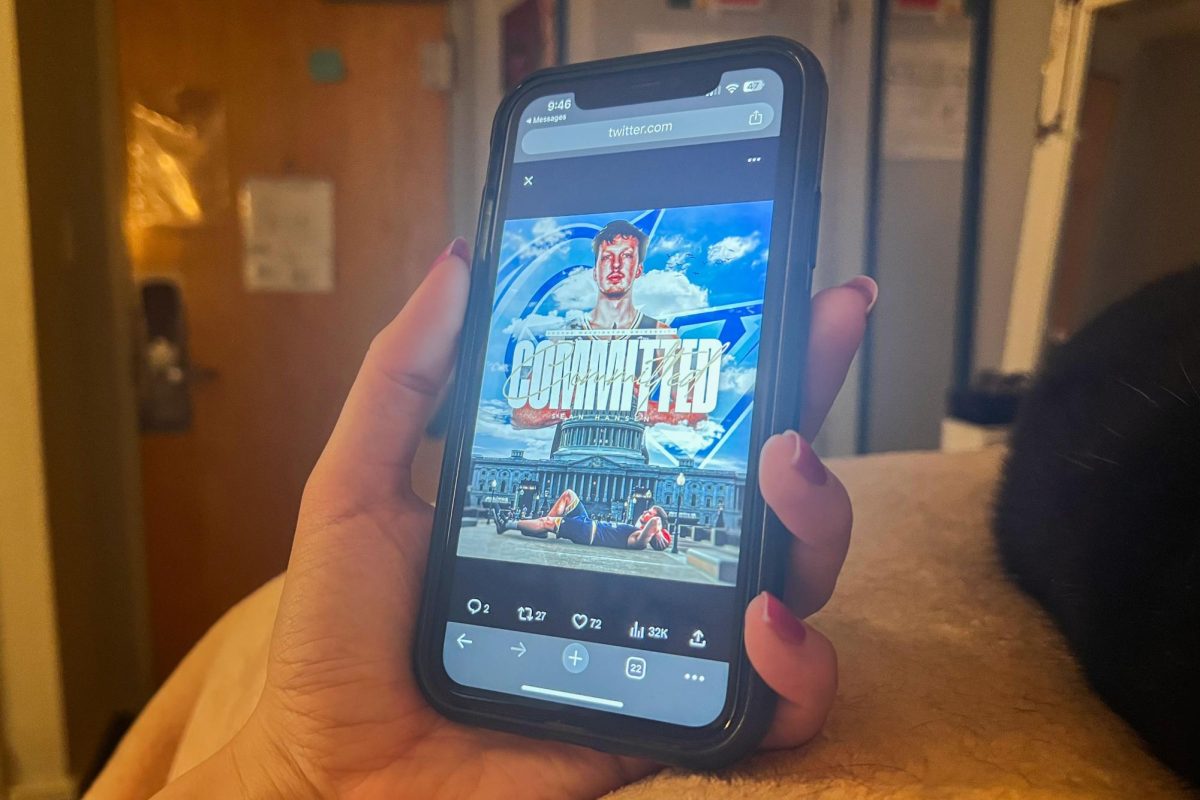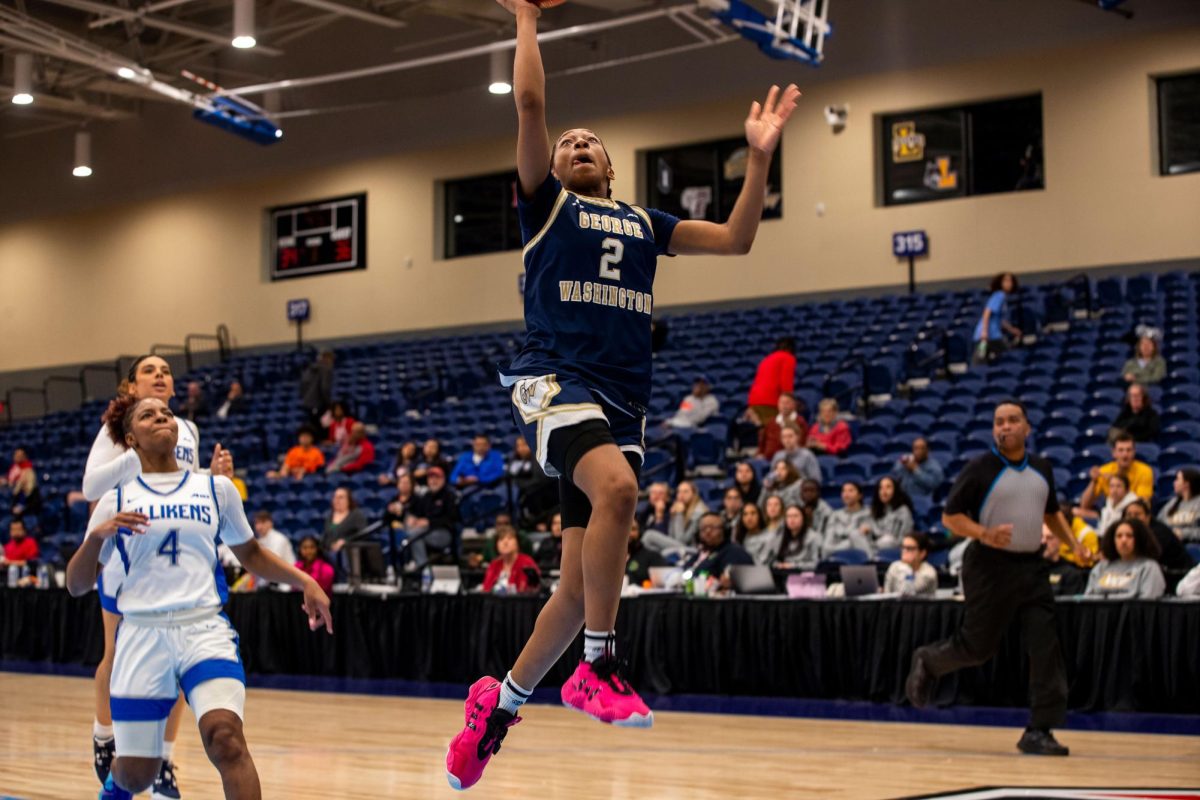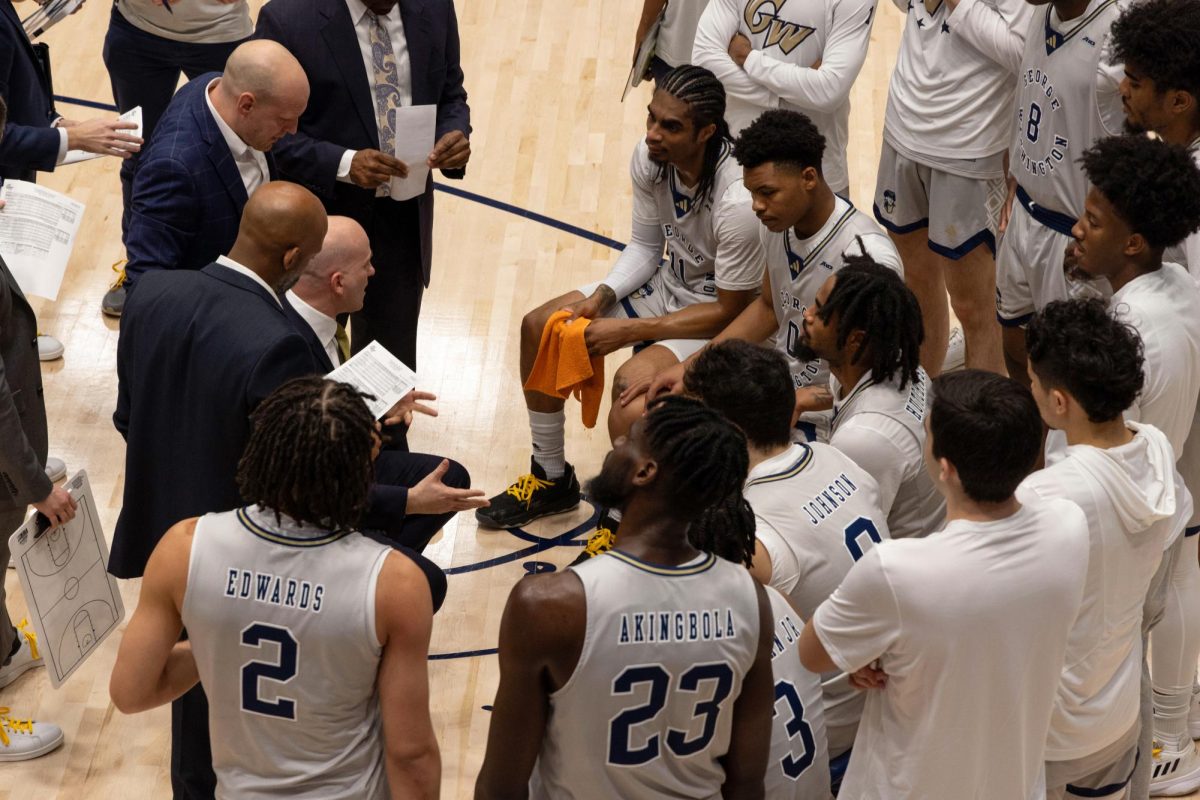David Haggerty, a recent chairman of the United States Tennis Association and former GW tennis star from 1975-79, was elected president of the International Tennis Federation in an election in Santiago, Chile at the end of last month. Haggerty won the close election on a second ballot over Anil Khanna of India. The Hatchet caught up with Haggerty, a member of the GW Athletics Hall of Fame, to talk about the presidency and his time in Foggy Bottom. This interview has been edited for length and clarity.
Q: What was your reaction to winning the election?
A: The way that the process goes the nations are sitting in a room, the ballots are passed out, they fill them out, they’re called up by nation to put the ballot in a box, there are scrutineers who take them out and count them. After the first ballot there were two people left, I was one. I had 120 votes and Anil Khanna from India had 151 and then the other two candidates from Europe, Rene Stammbach from Switzerland had 62 and Juan Margets from Spain had 59 so those two dropped out of the process. And what they did immediately after that was a second round where everybody got a ballot again and voted.
They cast the votes and we went and had lunch while they did the counting and then came back. So at that point in time I was the number two vote-getter with 120 votes and 31 votes behind so I was thinking that it might be an uphill battle. I had to get two-thirds of the votes from the European candidates. I had had confidence throughout that I would do well but I didn’t expect to win.
Q: What was the campaign process like?
A: The campaign process began in March of this year when all four candidates were invited down to Buenos Aires to meet with the South American countries at their general meeting and make a presentation and have questions and answers. So all four candidates kind of worked through the summer travelling around. I personally took three trips to Asia, four trips to Europe, three to South America and Central America, a couple to Canada, and lots of phone calls and meetings during the grand slam events in Paris and Wimbledon and the U.S. So I talked to about 120 of the countries before the election process.
Q: What was the biggest challenge in the election?
A: The challenge going into the election I think was, frankly, being an American. There are somewhere around 77 international sports federations for various sports in the Olympic movement and the U.S. does not have one international federation president. So there’s an anti-American sentiment at times so, for me, I was very pleased. And I had a lot of support from the U.S. Olympic committee because of that. They were hopeful to have an American leading a sports federation so I felt very fortunate to have their support and the support of the United States Tennis Association and obviously lots of others around the world.
Q: What are your priorities now that you have been elected?
A: As I come into the job, I think the things that I had talked about in my manifesto [were] really a couple key things. One is to significantly raise the level of Davis Cup and Fed Cup which would increase revenue, which would give us money to really deliver our mission which is to grow tennis around the world. Many of the smaller nations don’t have big budgets at all. And to develop players and the sport in their countries you need revenue, so one of my big things was talking about ways to change the format to raise revenue.
Q: How has your time at GW helped you in your career so far?
A: Tennis has been my life. Competition, learning to win and lose on the court, I’ve taken away lessons that have helped me and I’ve learned life lessons from tennis so GW was a big part of that. I was fortunate enough to earn a tennis scholarship, but the way I look at it is that I really earned a business degree in business administration. When I was there I had a marketing class, I had many good professors but [emeritus marketing professor] Bob Dyer was there and I did a kind of report on a tennis company which was just starting at that time by the name of Prince. And so it was a real life experience: I ended up working at Prince and becoming an owner of Prince. So everything I did seemed to always revolve around tennis. I ran tennis shops, my father was a teaching pro, I was always around tennis so I’ve learned all my lessons. And when I run a board meeting or when I work at companies, the experiences that I learned on the tennis court and my background from school travels with me, so GW was certainly a great foundation.
Q: What were GW and the team like when you went to school there as opposed to now?
A: It was great. I have a daughter who is 28 now who went to GW and graduated so I had a chance to be down, actually her Commencement speech, Michelle Obama was her Commencement speaker, the keynote speaker, which was great. So that gave me a chance to reconnect with GW and it’s nice to see all the positive improvements to the University, the buildings. There’s still some of the same things that were there when I was there – I still like to go to the Red Lion when I come back. Quigley’s used to be a drug store and now it’s a little bar and restaurant and there are so many nice things there so I can see things that didn’t change. To put in perspective, the Smith Center opened the year I was there, or it might have been the year before. I came in ‘75 and I think it had just opened and to now see how they have revitalized it and how great it looks, other than perhaps my Hall of Fame plaque that’s downstairs in the area, it’s the only thing that takes away from the Smith Center.
Q: What is your most memorable match from your time at GW?
A: Probably if I have one story, the one I remember the most, is that I had looked at a number of schools and been offered scholarships. One school I looked at was William & Mary and I went down, and met with the coach, and he said, in as nice a way as you could say to a young, what was I, 17, 18 years old, ‘you’re a good player but you’re never going to fit in here and be able to play on our team, so I wish you the best of luck.’ My junior year we played William & Mary and I played No. 1. It might have been my sophomore year. And I played against their team, their No. 1 player was a very good player, nationally ranked when I was a junior, significantly higher than me. I went out and remembered that meeting with him and that brought a little extra ambition for me and I ended up winning the match, very one sided, 6-1, 6-Love. And walking off the court, going up to the coach and saying ‘you were right, I don’t think it would have worked out here for me and William & Mary’ and then he was not happy with me. And then we played doubles and we won our doubles match. We lost, the school lost 7-2, but I had two wins and that was probably a good memory of a bratty kid that wanted to prove that he could do something.







